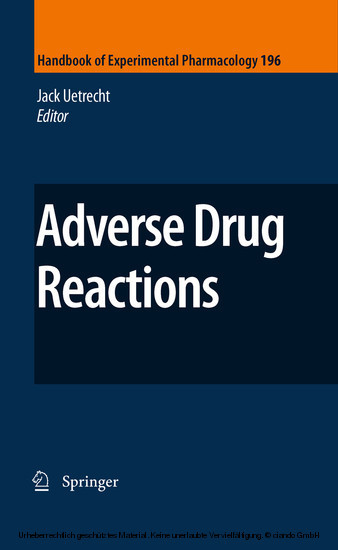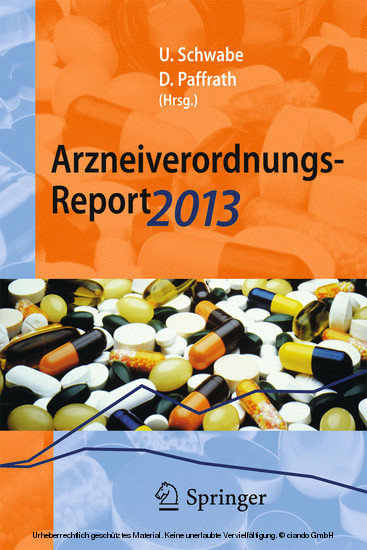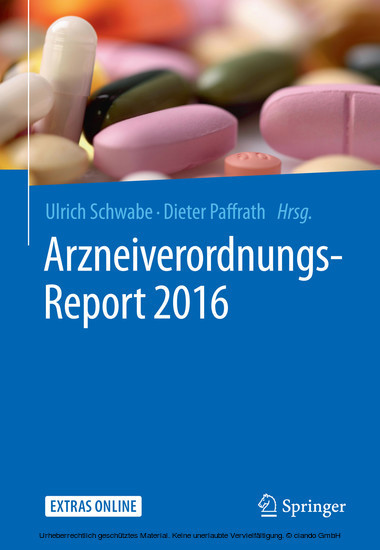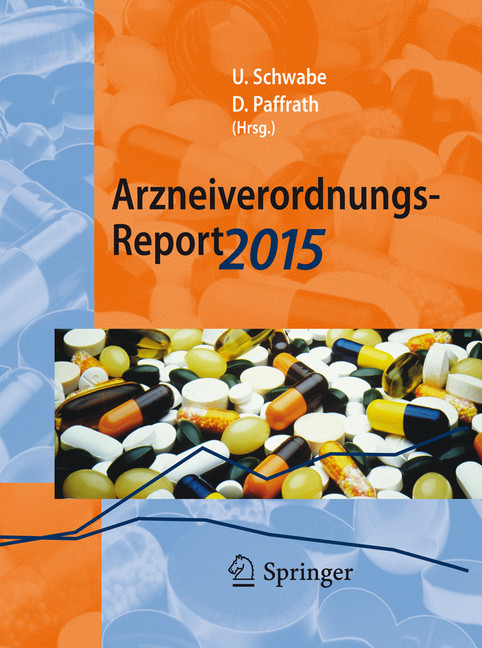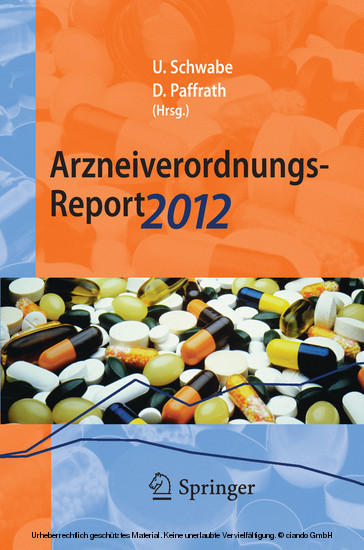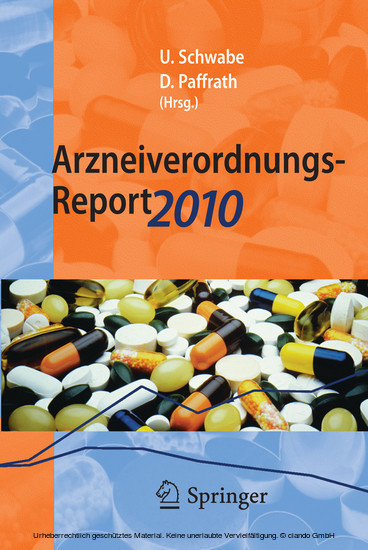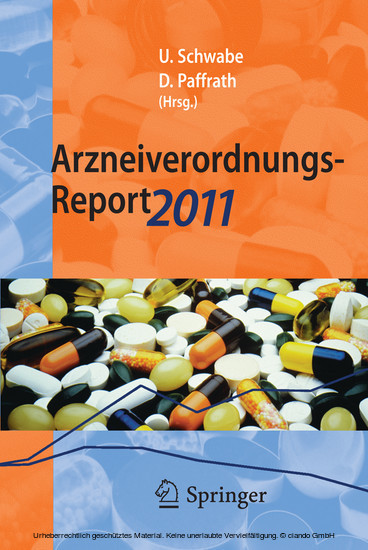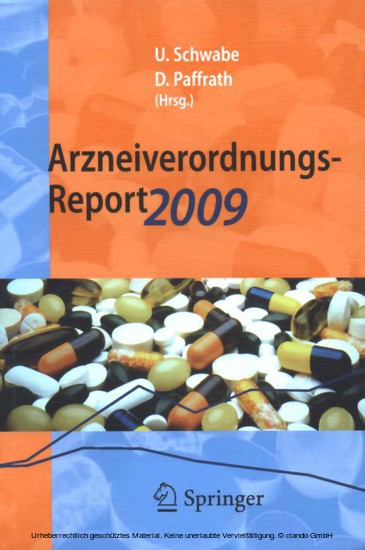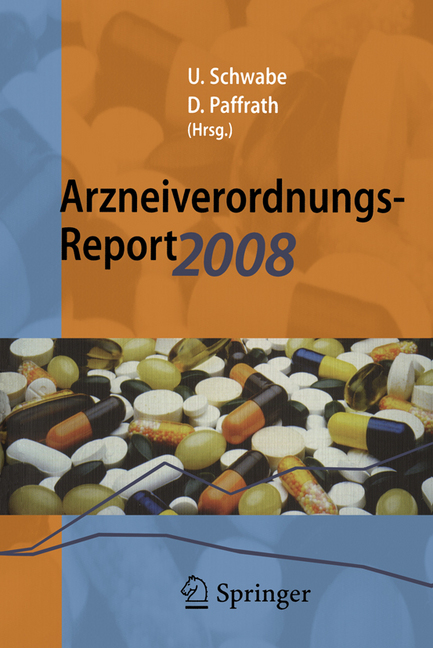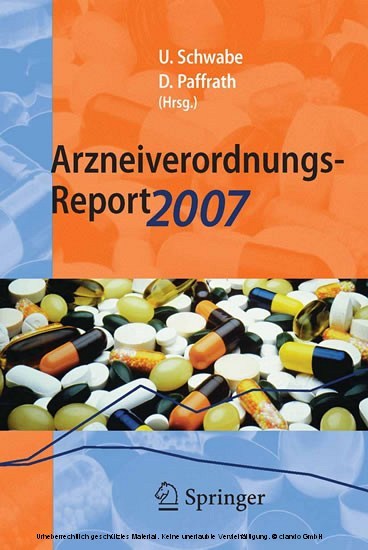Adverse Drug Reactions
This book provides the current state of knowledge of basic mechanisms of adverse drug reactions (ADRs). The main focus is on idiosyncratic drug reactions because they are the most difficult to deal with. It starts with a general description of the major targets for ADRs followed by a description of what are presently believed to be mediators and biochemical pathways involved in idiosyncratic drug reactions. There is also a description of several examples of ADRs that serve to illustrate specific aspects of ADR mechanisms. Eventually the book shows that ultimately better methods are needed to predict which drug candidates are likely to cause ADRs and which patients are at increased risk. But at present research seems to be far from this goal.
Part II. Mediators/Biochemical Pathways
Role of Reactive Metabolites in Drug-Induced Hepatotoxicity. The Role of Cytokines in the Mechanism of Adverse Drug Reactions. The Keap1-Nrf2 Cellular Defence Pathway. Signal Transduction Pathways Involved in Drug-Induced Liver Injury. Mitochondrial Involvement in Drug-Induced Liver Injury
Part III. Examples/Models
Mechanisms of Acetaminophen-Induced. Liver Necrosis. Drug-Induced Liver Injury in Humans: The Case of Ximelagatran. Troglitazone. Nevirapine Hypersensitivity. Mechanisms of Adverse Drug Reactions to Biologics
Part IV. Risk Factors/Screening Drug Candidates
Pharmacogenetics of Idiosyncratic Adverse Drug Reactions. The Danger Hypothesis Applied to Idiosyncratic Drug Reactions. Approaches for Minimizing Metabolic Activation of New Drug Candidates in Drug Discovery.
Part I. Target Organ Toxicity
Drug-Induced Liver Injury. Drug Hypersensitivity Reactions Involving Skin. Adverse Drug Reactions Affecting Blood Cells. Molecular Mechanisms of Adverse Drug. Reactions in Cardiac Tissue. Nephrotoxicity Receptor- and Reactive Intermediate-Mediated Mechanisms of TeratogenesisPart II. Mediators/Biochemical Pathways
Role of Reactive Metabolites in Drug-Induced Hepatotoxicity. The Role of Cytokines in the Mechanism of Adverse Drug Reactions. The Keap1-Nrf2 Cellular Defence Pathway. Signal Transduction Pathways Involved in Drug-Induced Liver Injury. Mitochondrial Involvement in Drug-Induced Liver Injury
Part III. Examples/Models
Mechanisms of Acetaminophen-Induced. Liver Necrosis. Drug-Induced Liver Injury in Humans: The Case of Ximelagatran. Troglitazone. Nevirapine Hypersensitivity. Mechanisms of Adverse Drug Reactions to Biologics
Part IV. Risk Factors/Screening Drug Candidates
Pharmacogenetics of Idiosyncratic Adverse Drug Reactions. The Danger Hypothesis Applied to Idiosyncratic Drug Reactions. Approaches for Minimizing Metabolic Activation of New Drug Candidates in Drug Discovery.
Uetrecht, Jack
| ISBN | 9783642006630 |
|---|---|
| Artikelnummer | 9783642006630 |
| Medientyp | E-Book - PDF |
| Auflage | 2. Aufl. |
| Copyrightjahr | 2009 |
| Verlag | Springer-Verlag |
| Umfang | 556 Seiten |
| Sprache | Englisch |
| Kopierschutz | Digitales Wasserzeichen |

